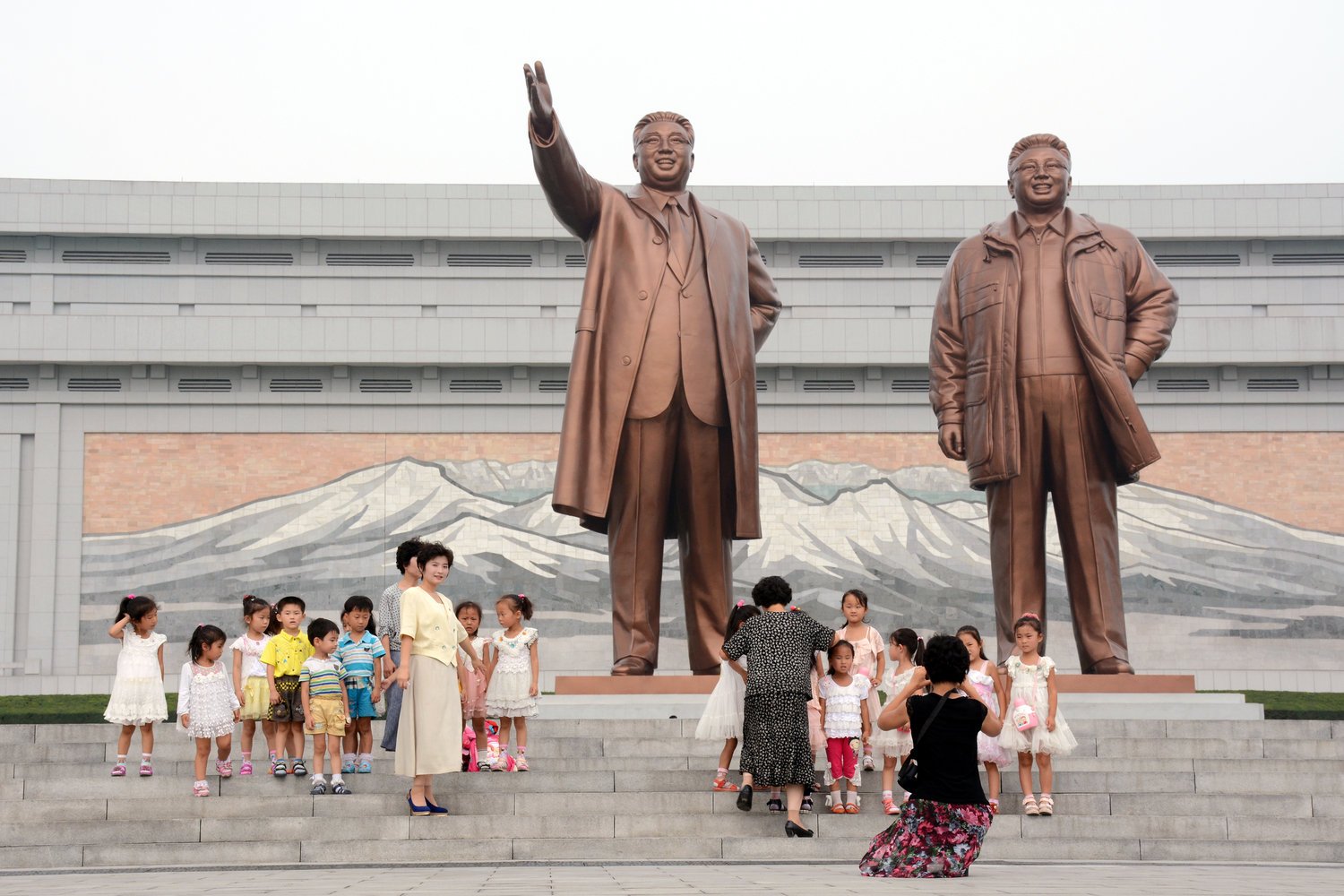Tourism in North Korea: An Inside Out Guide
Kindergarten students pose with their teachers at the Mansudae Grand Monuments in Pyongyang.
We’re spilling the beans to how tourism works in North Korea, including pricing standards, site approvals, guiding and other services. It’s a rapidly changing industry in the country and we believe you have the right to know how it works.
The purpose of this article is less to discuss the merits of visiting North Korea or discuss the ethics of such a visit. We believe that choice is individual and we see tourism as something foundational— something that if done with the right intent and methodology, can bring people together to learn from one another, see different perspectives and cultivate new networks. We support the development of tourism in North Korea, just as we support this development around the world, especially when it comes to community based and exchange oriented activities.
Operations
These days, more and more tourism providers have been popping up in Pyongyang. These providers are all domestic travel operators, some of which are travel companies started by and under various North Korean entities. These include ministries, organizations, and companies, both government and non-government (but keep in mind, North Korea has a semi planned economy and every entity in the State is somewhat government owned or influenced). This being said, their operational capacity remains regulated by and large by the NTA— the National Tourism Administration of the DPRK.
The NTA is responsible for determining which places may be visited by normal tourists and how those visits should be conducted. This includes everything from providing local guides at these attractions to establishing official scripts for these guides, to coordinating the visits themselves. While this system is liberalizing, much of it has remained the same for the past twenty odd years since North Korea has been open to international tourism.
Each purely touristic site visit must be approved by the NTA and the relevant security department in charge of foreigners. Visits to places not typically included underneath North Korea’s standard tourism operations are judged on a case by case basis, and many of these places and visits is what we at Inertia specialize in— coordinating experiences away from the typical touristic tracks. This is not always possible, as it’s more or less dependant on having a wide range of contacts within the country and good reason for allowing such visits and activities.
The major Pyongyang-based tourism operators in North Korea include: KITC (Korea International Travel Company), KIYCTC (Korea International Youth and Children’s Travel Company), Korea Sports Travel Company, and more.
Four regions within North Korea are serviced by separate travel companies from the ones in Pyongyang, these include North Pyong’an Province (including Sinuiju), which is covered by Myonghyangsan International Travel Company; North Hamgyong Province, which is services by the Chilbosan International Travel Company; Ryanggang Province, which is serviced by the Paektusan International Travel Company; and lastly the Rason Special Economic Zone, which is serviced by the Rason International Travel Company. All of these smaller regional companies fall under the control of the NTA.
Pricing Standards
While North Korea’s major tourism operators do not entirely price set between one another, their pricing numbers are not all that different. Pricing is determined by several factors including group size and nationality, and range from around 70 Euros per night to 180 Euros per night (chart coming soon). Surcharges are placed on higher standards of accommodation, upgrades, additional services and entrance fees, as well as chartered transportation options. International flights, train tickets, and visa fees are sold separately.
Single supplement typically requires payment of 30 to 50 Euros per night, depending on the hotel.
Agencies
Overseas agencies work in partnership with North Korean travel operators to design itineraries, market and operate tours in the country. These agencies do not have control over the visit in North Korea, but are able to provide information, work with North Korean counterparts on designing new experiences and improving itineraries, and assist with group management while in country. Each agency adds their own fees to the base cost charged by their North Korean operational partners, in addition to reserving flight and tran tickets and arranging for visas.
How Inertia Works in North Korea
We allow people to work directly with our North Korean partners. Inertia assists with communication, itinerary design, site approvals, developing new activities and providing consultation services and safety information. We believe strongly in developing new community-based and cultural programs in North Korea and work with people who share our values on designing these new programs. We believe that visiting North Korea should not be mysterious and seek to make as much information related to how tourism works in North Korea public.

